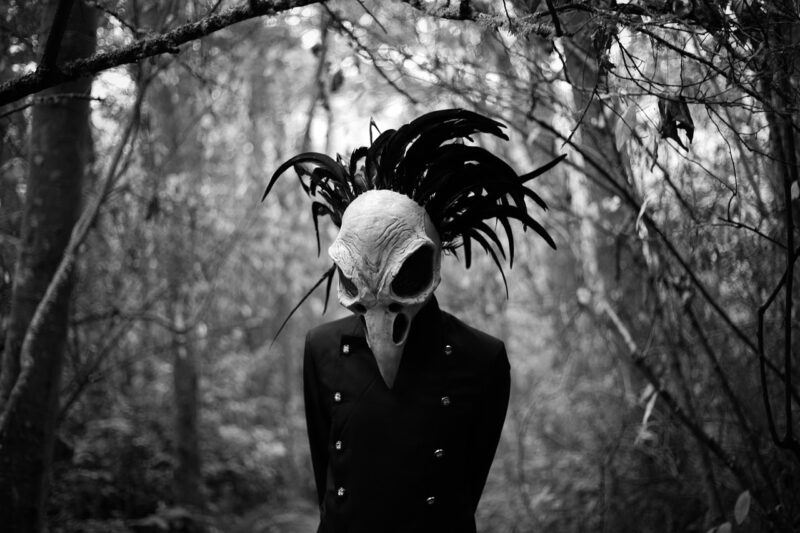The Evolution of Horror Villains: What Makes Them Truly Terrifying
November 16, 2024

Horror, as a genre, has evolved tremendously over the decades, reflecting cultural anxieties, societal shifts, and technological advancements. At the core of horror films and literature lie an array of villains whose chilling presence and malevolent intentions keep audiences on the edge of their seats. This article delves into the evolution of horror villains, examining what makes them terrifying throughout different eras of horror storytelling and how they reflect the fears of their times.
1. The Origins of Horror Villains: Monsters of the Unknown
The roots of horror villains can be traced back to ancient folklore and mythology. Legendary creatures such as werewolves, vampires, and witches emerged from humanity’s fear of the unknown, particularly elements that contradicted the societal norms and realities of the time.
These early antagonists were often embodiments of natural disasters, disease, and death, symbolizing the very real fears that communities faced.
For example, Dracula, created by Bram Stoker in the late 19th century, represents a fear of the outsider and the dissolution of Victorian morality, while the werewolf captures the terror related to primal instincts and uncontrollable urges.
2. The Rise of Psychological Horror: Fear from Within
The 20th century brought forth a wave of psychological horror that shifted the focus from external monsters to the complexities of the human mind. Villains like Norman Bates from Hitchcock’s *Psycho* and the haunted spirits in *The Shining* expose the darker facets of human nature, reflecting society’s growing anxieties about mental health and identity.
The terror now came from familiar settings—homes and families that once represented safety turned into sites of chaos and horror.
These characters are often motivated by trauma, unresolved issues, or societal rejection, providing a profound and relatable sense of terror that reverberates with audiences. Characters like Patrick Bateman from *American Psycho* challenge viewers by presenting antagonists who seem ordinary at first glance but harbor sinister intentions. This evolution signifies cultural shifts towards self-awareness and acknowledgment of psychological struggles, making horror villains more relatable and terrifying.
3. Technology and the New Age of Horror Villains
As society entered the digital age, horror villains began to adapt, mirroring the rapid changes in technology and social media. Characters like Samara from *The Ring* and the entity in *It Follows* leverage contemporary anxieties regarding technology’s pervasive influence in our lives. They embody our fears about connectivity, surveillance, and the potential dangers lurking in our devices.
The new age villains manifest not just as physical threats but also as anomalies in technology, blurring the lines between reality and the digital realm. This evolution of horror villains serves as a commentary on society’s dependence on technology and the potential consequences that arise from it.
4. Cultural Reflections: Villains as Social Commentary
Horror villains increasingly serve as a mirror reflecting societal issues. The genre challenges norms, utilizing antagonists to probe deeper into topics such as race, gender, and morality. Films like *Get Out* and *Candyman* explore the fresh terrors faced by marginalized groups, using horror as a means to address real-world issues.
These villains do not merely frighten; they provoke thought, forcing audiences to confront uncomfortable truths about society. The villains showcase humanity’s struggle against discrimination, existential crises, and the ramifications of societal failures. This modern wave of horror villains illustrates a shift from generic evil to nuanced characters grounded in cultural critique.
5. The Fusion of Villain and Victim: Redefining Fear
Recent trends reveal a fusion of villain and victim narratives, complicating the traditional definitions of horror villains. Encouraged by the rise of anti-hero narratives in popular media, contemporary horror often blurs the lines between bravery and monstrosity. Characters like the Babadook or the demonic entity in *Hereditary* showcase layers of anguish and personal struggle that contribute to their malevolence.
This fusion evokes empathy from the audience, making the horror experience richer and more profound. It provokes a deeper inquiry into what it means to be ‘bad’ and how much of that is shaped by personal and social experiences.
Conclusion: The Endless Evolution of Horror Villains
Horror villains have continually evolved, mirroring cultural anxieties and societal shifts across generations. From ancient monsters entrenched in folklore to psychological terrors and contemporary antagonists reflecting real-world issues, the evolution of horror villains illustrates humanity’s fears, complexities, and social dilemmas.
By examining these characters, we not only uncover the visual scares that haunt us but also the deeper fears underlying our existence, paving the way for future horror narratives. In exploring what makes these villains terrifying, we learn that the heart of horror is not only fear itself, but our perception of it—a reflection of our darkest selves and our societal constructs that shape who we are.







